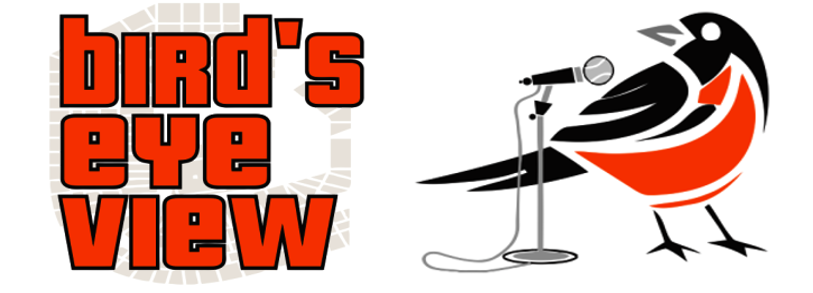
Who Has the Most to Prove on the 2015 Orioles?
February 26, 2015Episode 111: For the Love of Bud
March 2, 2015
Sixty-four games, two-hundred sixty-one plate appearance, and nine-hundred and seventy-eight pitches. This was the drought that J.J. Hardy was in during 2014 prior to hitting a home-run. As a power hitting shortstop for the previous three seasons (30, 22, and 25 HR), the sudden disappearance of the long ball had to be frustrating to Hardy. This comment from June from a piece by Eduardo Encina seems to indicate that issue:
I’ve got no explanation. Yeah, obviously, it crosses my mind, but I try not to think about it as much as I can. I think the same approach, hits will keep coming. Honestly, whenever I’ve hit homers, it’s always come in bunches. I don’t know. We’ll see how it goes. I’m going to continue to try to put good at-bats together and get on base, and hopefully, the homers come. … I feel pretty good physically.
Of course, Hardy broke out of the drought on June 21st against the Yankees. The Orioles and Hardy celebrated in fine fashion:
Hardy notched another eight homers that season, but never seemed to settle in as the hitter he’d been for the past few seasons. One of the thoughts for this reduction in home runs could be due to a loss of power. Analysis of the batted ball distance since 2011 for home runs, line drives, flyballs, and pop-ups are shown below:
Batted Ball Distance:
- 2011 Season: 275.0 Ft.
- 2012 Season: 269.3 Ft.
- 2013 Season: 273.5 Ft.
- 2014 Season: 265.5 Ft.
Obviously, there is a reduction in performance during the 2014 season. Perhaps it can be explained by the injuries that Hardy suffered early in the season and continued to struggle with:
“Yeah, last year was a weird year, with not knowing what was going to happen … thinking maybe it would be my last year here,” he said. “I dealt with my back issues pretty much the whole year. I think it went out the first week of the season and never felt good again until sometime in the middle of the season for maybe a month. Then it came around again towards the end of the season. It was a constant battle just to stay on the field. I feel like I did everything I could do. I definitely didn’t feel like I could drive the ball the way my back was.”
Analysis of the batted ball profiled for just the 2014 season gives us some confirmation on this statement by Hardy. The appears to be some serious variation in batted ball distance during this season compared to data from Baseball Heat Maps:
In addition, Hardy’s Offensive performance seems to mirror offensive production in terms of batted ball distance at this time:
With Hardy signing an extension with the Orioles for another three seasons, it will be important to note batted ball profiles as his career continues. Hardy is entering into a season where he will playing at Age 32 and the decline of power especially for a right handed pull hitter will be noticeable. Historically these numbers have shown declines as follows from the Hardball Times:
Hardy likely will never return to the numbers displayed between the 2011 to 2013 season. However, the Orioles may be able to prevent the decline in his performance during periods of injury through the use of Everth Cabrera. However, it’s also likely that the reduction in power seen in 2014 (.104) will stabilize and increase slightly to his career average (.161) allowing Hardy to be a 15 to 18 home run threat once again for the Baltimore Orioles.









